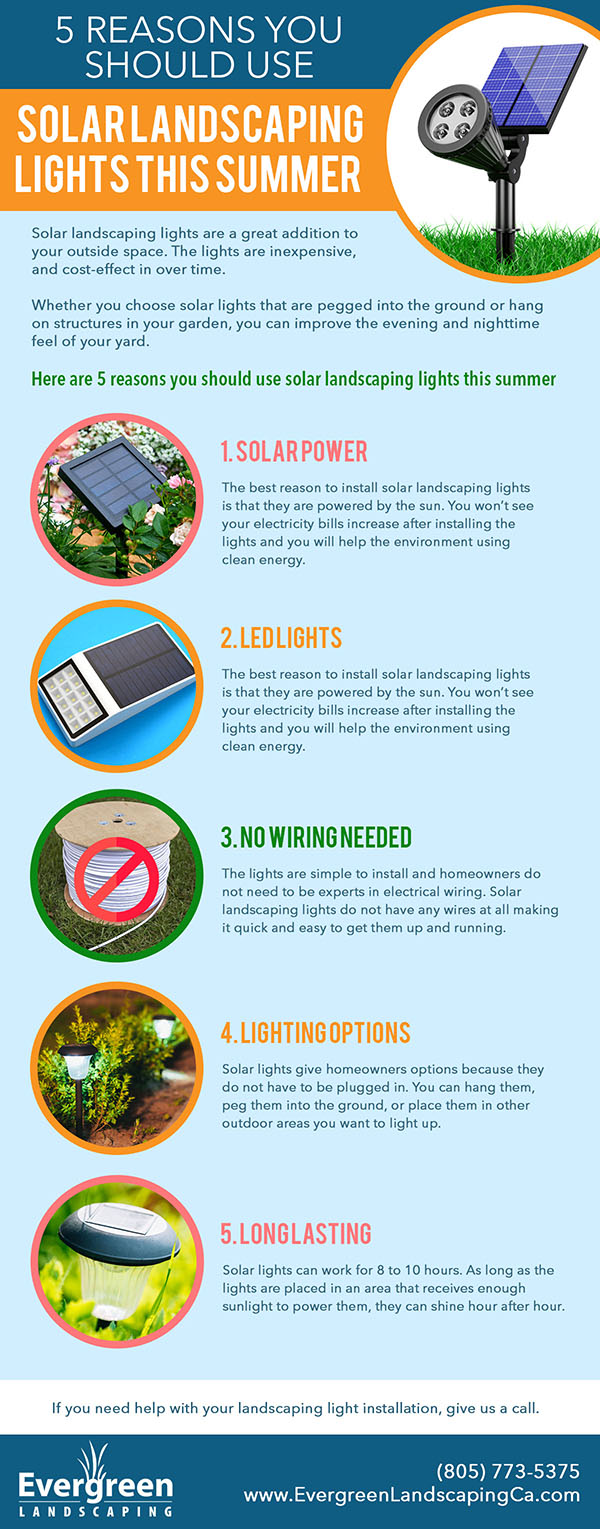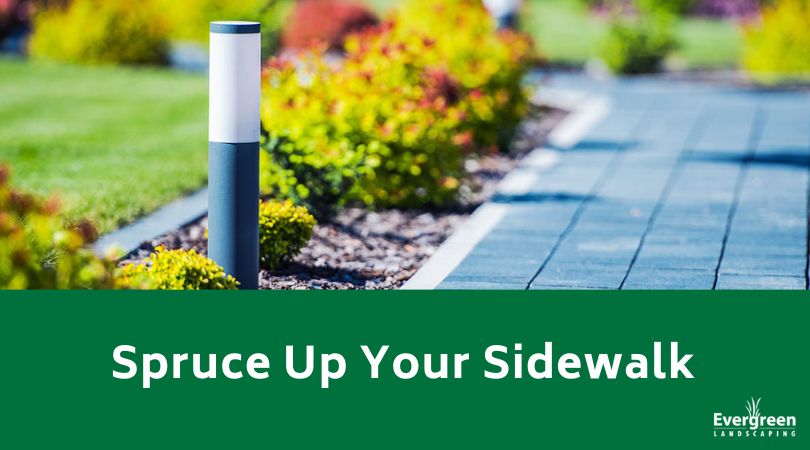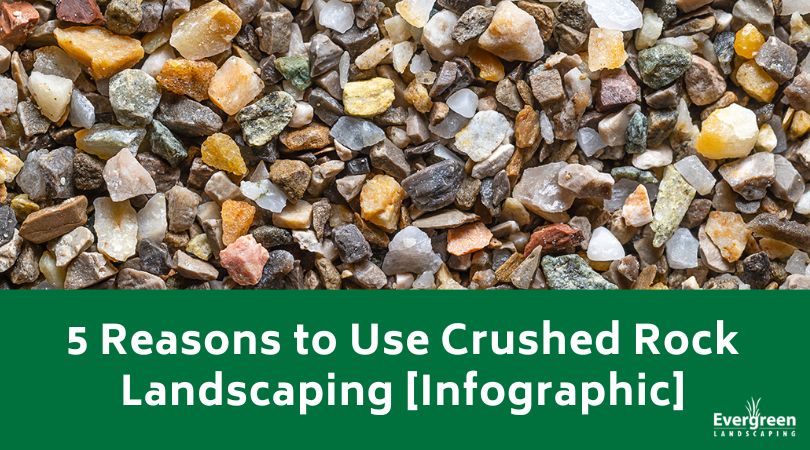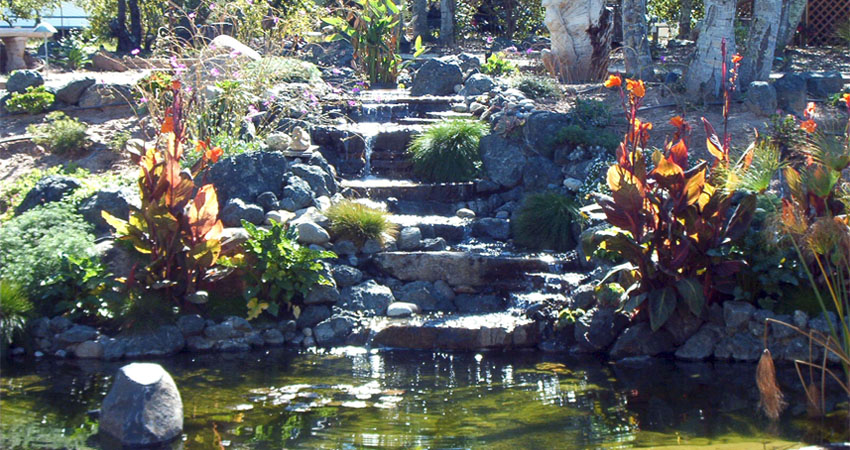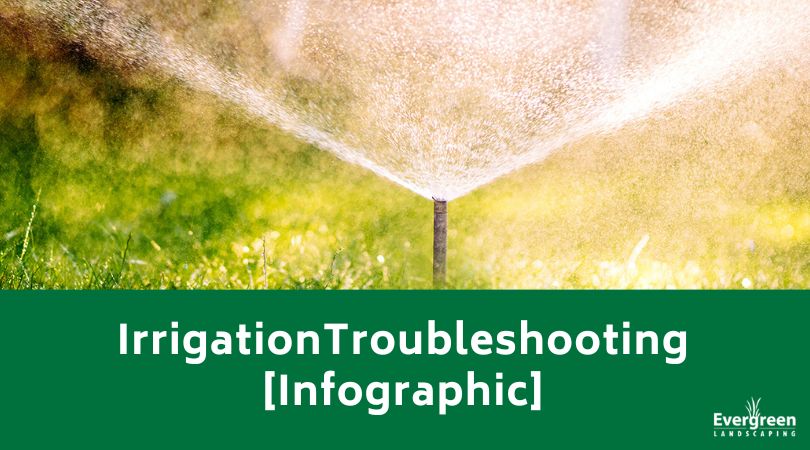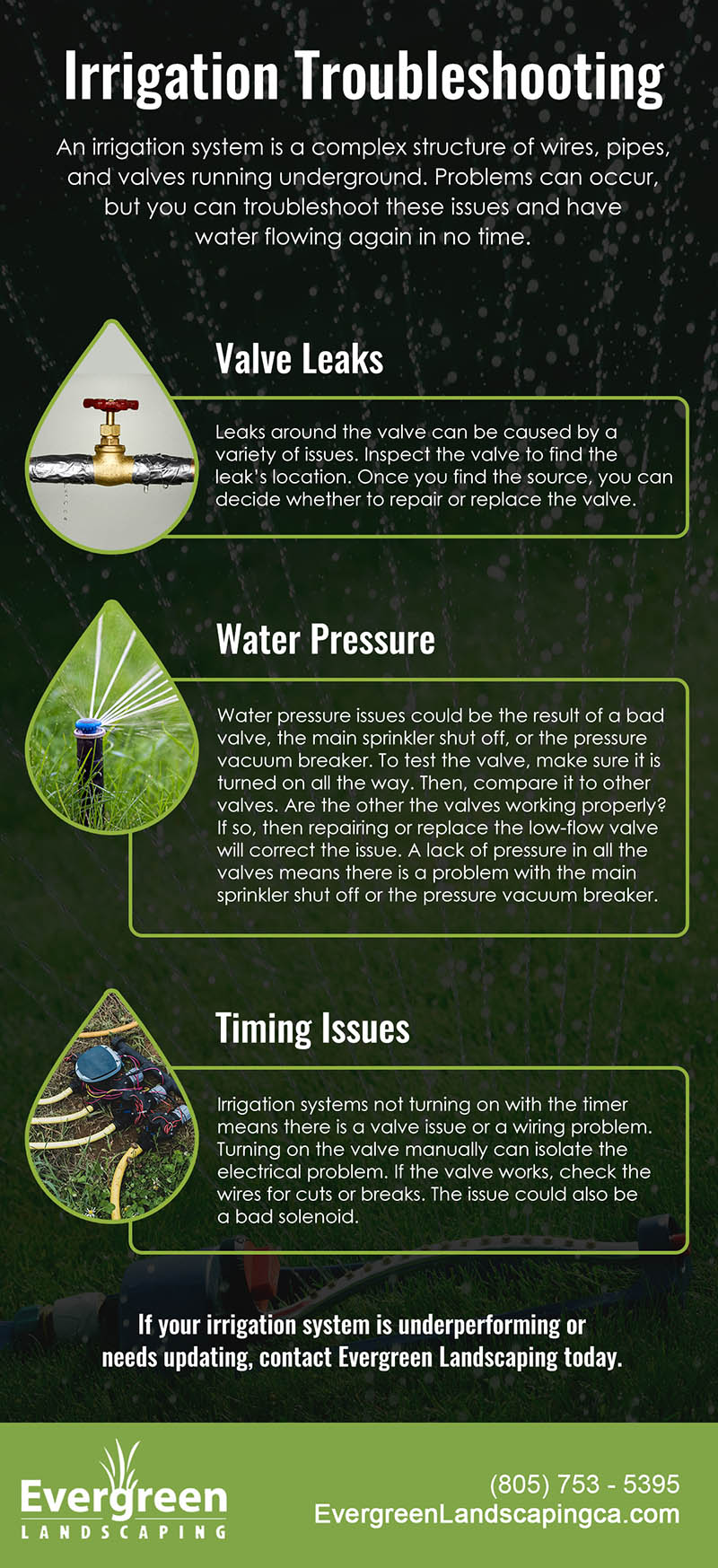Hillside Landscaping: Improve Your Hard to Maintain Outdoor Space
A slope or hilly yard can be difficult to maintain. You may struggle to mow the area due to the steep terrain. Soil erosion can also be an issue as it runs downhill following heavy rainstorms. But hillside landscaping has a lot of advantages that can make maintaining your yard simple and great looking.
Hillside landscaping is not as difficult as it might sound. You don’t even need a steep slope to build a great looking outdoor space. Whether you want to makeover a gradual incline or revitalize a difficult to maintain steep slope, these ideas should help you improve your hard to maintain outdoor space.
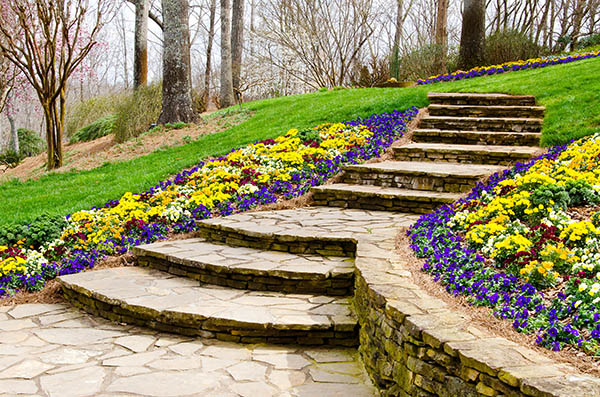
Trees and Texture
Due to a lack of plant coverage on a hillside, you may experience soil run off when the weather gets wet. By adding a variety of textures such as grass, trees, shrubs, and flowers, you can make the area better protected. Conical evergreens are a popular feature for a hillside. Adding spiky flowers and shrubs around the evergreens gives the slope variety.
The texture and variety of plant life gives you a great view when peering out from your windows. If you live in the suburbs, it can also give your home privacy and a country feel.
Planting Pockets
Often times, slopes and hillsides become exposed due to soil run off. Rain uncovers stones and roots that make a slope unattractive. You can revitalize the entire area, however, by creating planting pockets.
You can plant low growing flowers and plants that grip to the hillside after placing additional soil in certain areas on the slope. You can add to the hillside by building a rock path with the planting pockets on either side.
Stone Walls
Stone walls are a beautiful addition to hilly backyards. A terraced slope can tame the hillside and give it a dynamic look. Stone walls are a lot of work to put in place if you go the do it yourself route. However, the end results are well worth the work it takes to build them.
Planting areas are created by stone walls. The areas can be made wide or narrow. It truly depends on what flowers or trees you want to plant in the walled off areas. Grass is also a great option for stone wall planting areas. In fact, when a hillside is terraced, it is easier to mow.
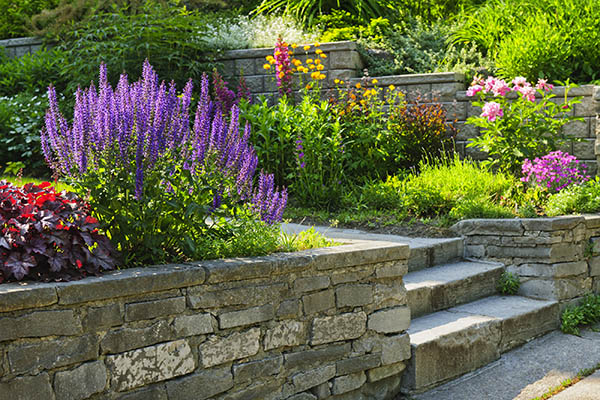
Landscape a Hillside in Sections
Some homes are built with a large, steep hillside behind the property. These types of slopes can be extreme and very daunting. Rather than landscaping the entire hillside, it is better to break it up into sections. You may only landscape the lower portion nearest your home.
By adding low-level planting boxes, you create a great base for the slope. The boxes provide a simple garden space that can produce flowers, shrubs, trees, or even fruit and vegetables. You can add steps that lead up the steep higher portions of the slope that allow easy access to the elevated areas. You may leave the areas above the planting boxes untouched allowing grass to grow naturally.
Rocky Hillside
Large rocks and boulders allow you to anchor soil and plants to take hold in the dirt. Water run off can wash soil and plants away before they take hold. Large rocks and boulders prevent water run off giving the plants the chance to thrive. Once the plants blossom and flower, the rocks provide texture and color that brings your outdoor space to life.
Large rocks and boulders add a natural look to your garden. Maintenance is low when it comes to adding large rocks and boulders. Sure, you may have to do some weeding in the first year or two, but soon, the natural look will take over without the need to constantly maintain the area.
A Terraced Vegetable Garden
A hillside can provide you with a great area to grow vegetables. Plants can receive more direct sunlight than if they are placed lower down or closer to the home. The garden can be terraced in rows with a different set of vegetable plants making up each row. You can add flowers around the vegetable garden to add further texture and colors.
Before deciding on a terraced hillside vegetable garden, you may consider just how difficult it may be to water the plants. You will need to research some ideas on how to get water to plants before installing the garden.
If you need assistance with any of your landscaping, contact us for a free quote.

